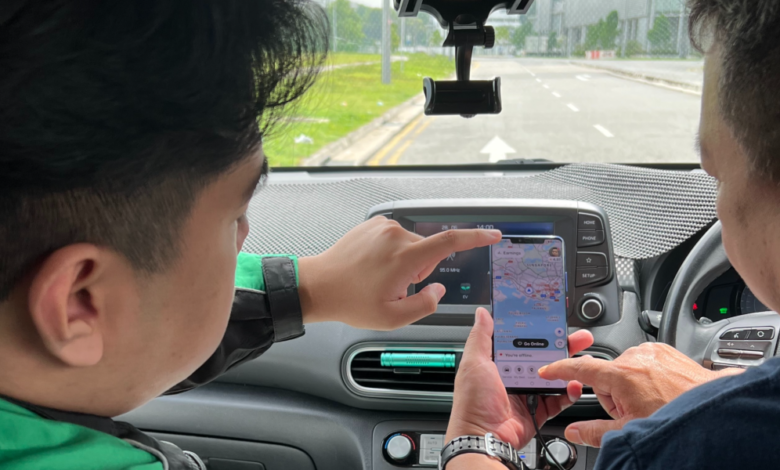Grab’s chief product officer says genAI an ‘accelerator’ for development

On May 30, Singaporean ride-hailing service Grab announced a new partnership with OpenAI, the developer of the buzzy chatbot, ChatGPT. Grab said the relationship—the “first of its kind” for OpenAI in Southeast Asia—would allow the tech firm to tap the AI developer’s “technical and strategic expertise.”
While Grab has been using AI in its product development for years now, generative AI has changed the game by allowing the Singaporean company to speed up its development process, says Philip Kandal, Grab’s chief product officer.
“Generative AI is an accelerator,” he says.
Grab’s tech efforts are part of a drive to reduce “friction,” Kandal explains. “What we’re really obsessed with is mobility where you get the driver and the passenger to meet without friction,” he says, even drilling down to matching the color of the vehicle to the color of the icon displayed on the app. “That increases customer retention a lot,” he explains.
Apart from transport, Grab also now uses large language models to translate menu items and reviews into languages where the firm doesn’t already have a training set—for example, from Mandarin into Korean.
“In the past, we could have done it if we invested a lot of effort, but we would just never get to it,” Kandal says. Now, the firm can use AI to expand its services with less resource investment.
Courtesy of Grab
Accurate translations matter, he says, because travelers are among Grab’s fastest-growing customer segments, though he declined to reveal a specific percentage. Translation helps the drivers too, who can send translated messages to users who speak a different language.
Grab also has a tool that uses real-time information and past data to guide drivers to locations where there’s high demand, which Kandal describes as a value-added service compared to other ride-hailing apps.
The tech startup’s journey
Grab is one of the few tech startups on Fortune’s inaugural Southeast Asia 500 list, which ranks the region’s largest companies by revenue. The tech firm generated $2.36 billion in revenue for 2023, which puts it at No. 152 on the list. (Other tech firms on the list are Shopee-owner Sea, and fellow ride-hailing service GoTo Group, in Indonesia)
The company has yet to turn an annual profit, though the startup did report its first profitable quarter in the last quarter of 2023, which it attributed to a one-off accounting measure. “Crossing the break-even is a point on the line,” chief operating officer Alex Hungate previously told Fortune.
Grab is expanding into financial services, such as payments, digital banking, and lending. The company generated $56 million in that segment for the final quarter of 2023, double the amount compared to a year earlier, in part due to improved monetization in its payment business and higher contribution from its lending segment.
Yet delivery and ride-hailing still drive Grab’s revenue. Mobility and delivery contributed $2.06 billion out of its $2.36 billion revenue for its 2023 financial year.
But Kandal believes that AI will be the core of Grab’s business. A superapp is “a bunch of services together,” he says, and Grab will need to be able to make sense of a large amount of data quickly and ensure a good user experience.
“We want every Grabber to be a technologist and know about these technologies,” he says.
Fortune is bringing Brainstorm AI to Asia for the first time, convening executives, founders, venture investors, and regulators from around the world in Singapore on July 30-31. Register here!



